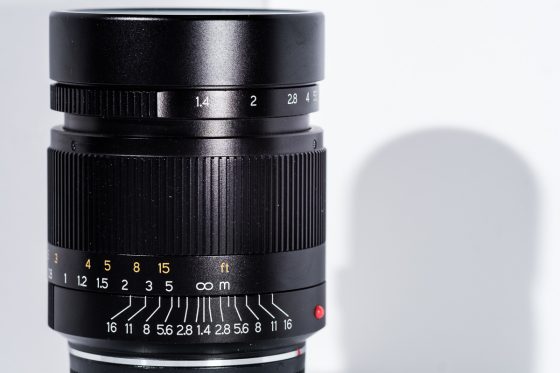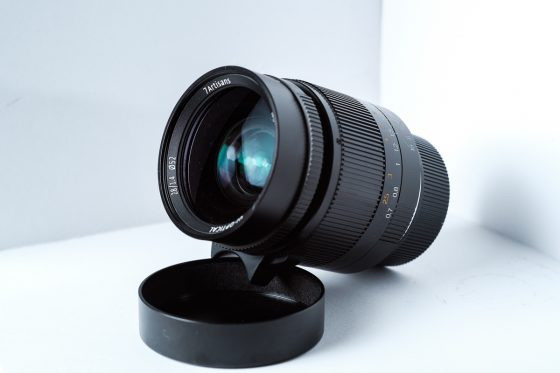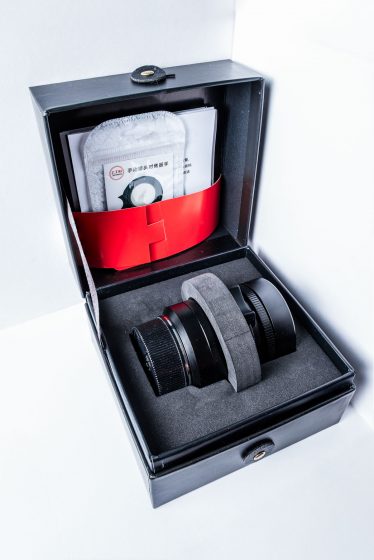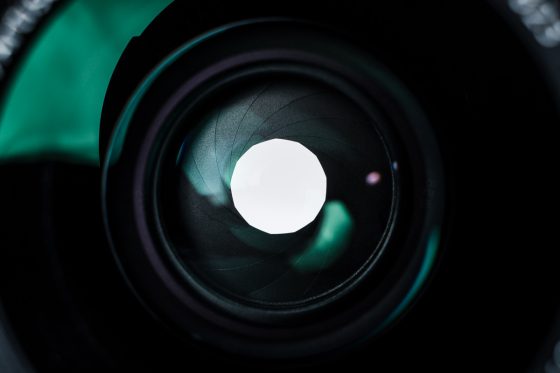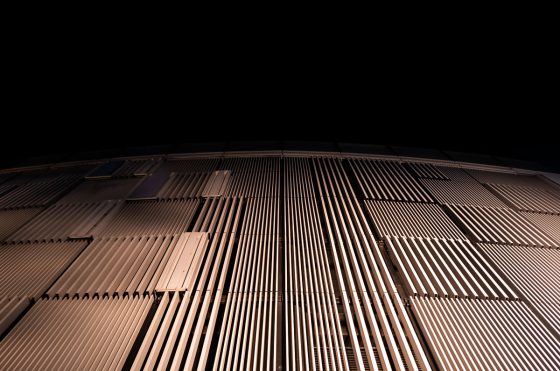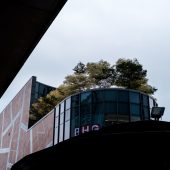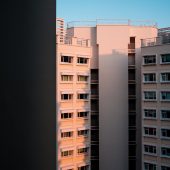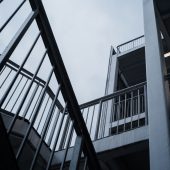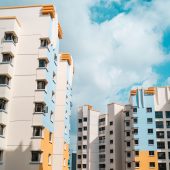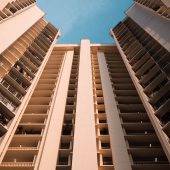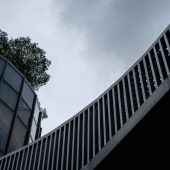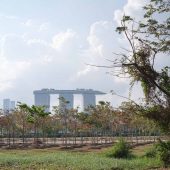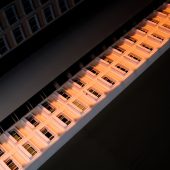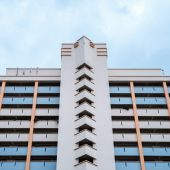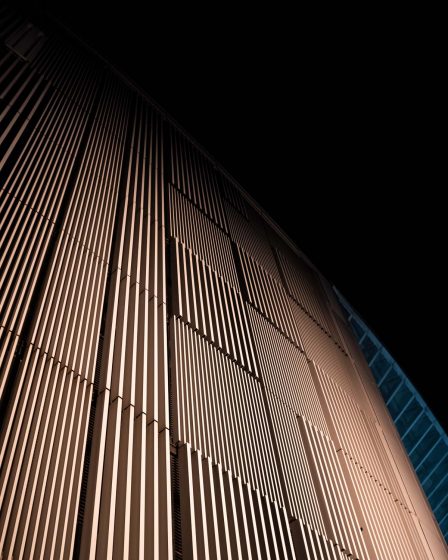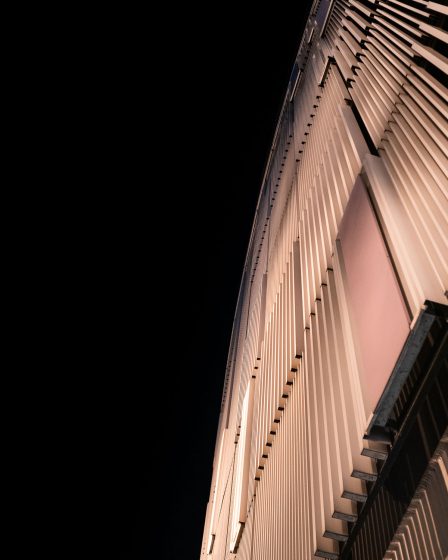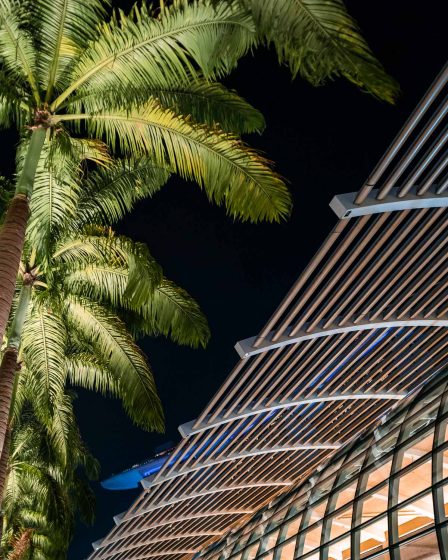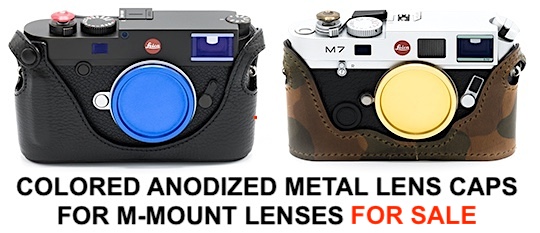7artisans 28mm f/1.4 Leica M lens review: wide and bright
Fore-foreword: Hi, I’m Aloysius! Peter has kindly allowed me to share my review of the 7artisans 28mm f1.4 on LR via a guest post! You can find the original article on Medium here and you can find me on Instagram here!
The new 7artisans 28mm f/1.4 lens is now in stock at B&H Photo | Amazon US | Amazon UK | Amazon DE | Amazon FR | Amazon CA.
This review unit was loaned to me by 7daydeals, the distributor for 7artisans products in Singapore. However, this review remains unbiased and all opinions stated in this review are strictly my own. The lens has been returned to them at the time of publishing.
28mm is a popular focal length for street and documentary work. A favourite of street photographers such as Daido Moriyama and Garry Winogrand, its wide perspective provides context and creates a sense of dynamism. My feet are quite firmly planted in the 50mm camp, but I can certainly appreciate the angle of view that a wider lens provides.
As the most recent addition to 7artisan’s lineup of M-mount glass, the 28mm f1.4 has drawn a lot of attention for its combination of the aforementioned 28mm focal length and a fast f1.4 aperture. It is a lens of rather exciting specifications: the only other 28mm lens for M-mount with an aperture this fast would be its obvious parallel, the 28mm Summilux from Leica. Even more obvious, is the difference in price between the two.
Coming in at USD$480, it’s the most expensive lens 7artisans has released thus far. Still, it looks like a bargain next to the 28mm Summilux’s price tag of USD$6595.
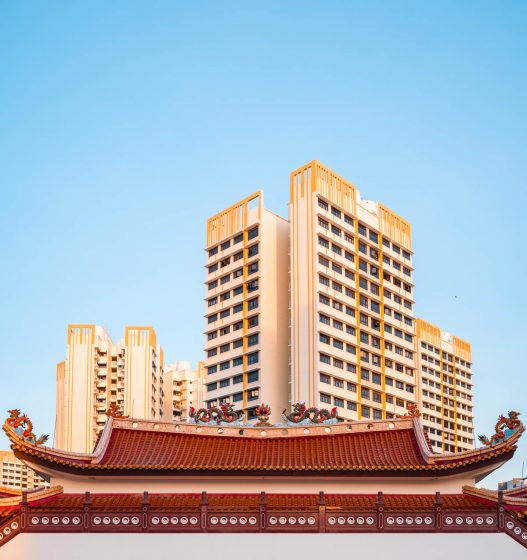
Vertical panorama stitched from 6 frames, shot on Fujifilm X-E3 and stitched in Lightroom
The announcement of this lens and the pre-release previews from 35mmc were met with a lot of excitement and hype. Does it live up to these expectations? To see how this lens fares, I’ll be testing it on my Fujifilm X-E3 via a M-FX adapter and on a (not my) Leica M10.
Build and Handling


In the box, you’ll find a rubber focus tab attachment, an information leaflet, a focus calibration chart, and of course, the lens. You’ll be in for a shock when you first lift this lens out of its foam cradle. It’s remarkably dense, weighing in at 488 grams. In combination with its length of 70cm (excluding the mount), it turns out to be rather front-heavy for an M-mount lens. Those who prefer more compact and lightweight lenses might want to look at the 28mm Summicron or the 28mm f2 Ultron instead.
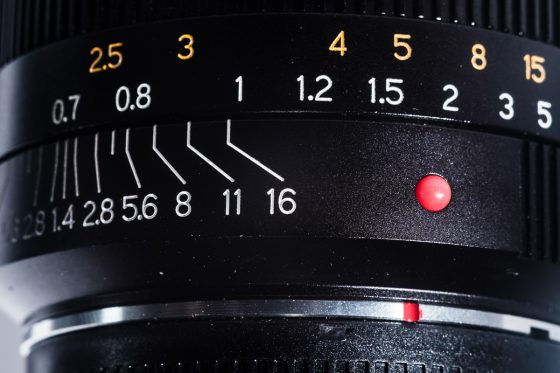
Leica-esque distance markings adorn the focus ring, which spins very smoothly: this is one of the nicer focusing helicoids I’ve used. There are depth of field markings placed close to the mount, but they’re quite densely packed, making them a little hard to read. These markings are etched prior to painting, so I wouldn’t worry about them wearing off anytime soon.
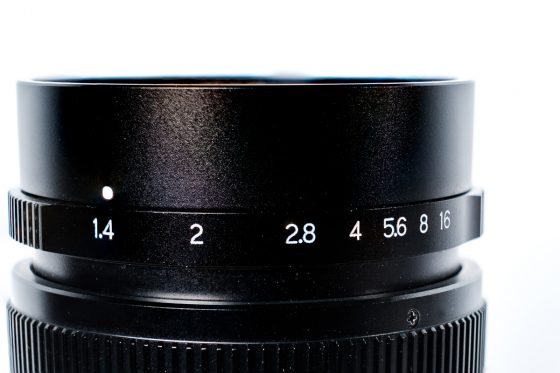
The aperture ring clicks at single stops (even f11, although the marking is absent from the ring), and rotates smoothly throughout its range. However, do note that the distance between stops does not remain constant, unlike some other M-Mount lenses from Voigtlander and Leica.
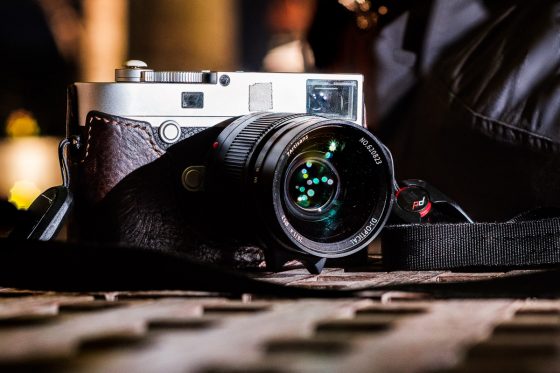
Mounted on the M10. My Canon 50mm f1.4 LTM is to blame for the starry bokeh.
Now, let’s see how it handles when mounted to a body.
As alluded to earlier, it does feel a little front-heavy when mounted to the M10 I tested this on. It’s manageable though.
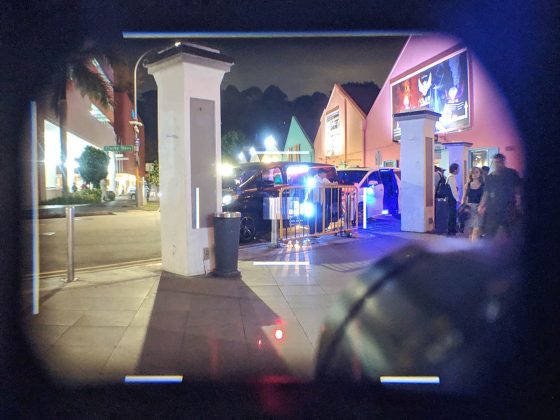
Something that might be a little more problematic is the viewfinder blockage. The lens extends pretty far into the M10 rangefinder’s field of view. It obstructs a fair amount of the frame, enough to get in the way of composing your shot in some situations.
Asides from the weight and viewfinder blockage, I don’t have anything negative to say about this lens’s build. It’s solid, well-built and the focus and aperture rings work nicely. No complaints from me.
Sharpness
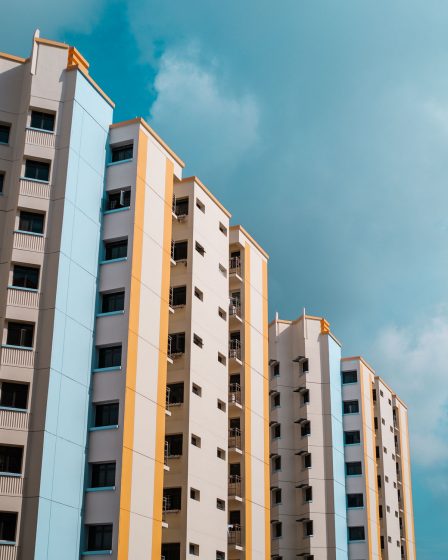
Shot on the Fujifilm X-E3
This lens isn’t quite like the 35mm f1.2 I last reviewed, which was built with specific optical compromises in mind to achieve unique rendering. Rather, 7artisans took a more modern approach with this lens.
In my experiences on both the X-E3 and M10, central performance is excellent even from f1.4. The corners are a tad soft wide open, but they sharpen up nicely as you stop down and are fully usable from f2.8 onwards. I won’t be including test results here: the folks over at phillipreeve.net do a better job of that anyway, and they conducted comprehensive tests of the FE-Plus version over on their site. Suffice it to say, this lens has resolution that is on par with most modern lenses.
Note that the corners are likely to perform differently when the lens is adapted to any mirrorless body, thanks to field curvature and corner smearing issues. 7artisans has just released a FE-Plus version meant to deal with the thick filter stack issues on mirrorless cameras: more on that later.
Bokeh

The 13 aperture blades in all their glory
Wide angle primes in the 24–35mm range often struggle with midzone transitions, in the form of unpleasant outlining of structures. The below shot was taken with the subject around 2–3 metres away:
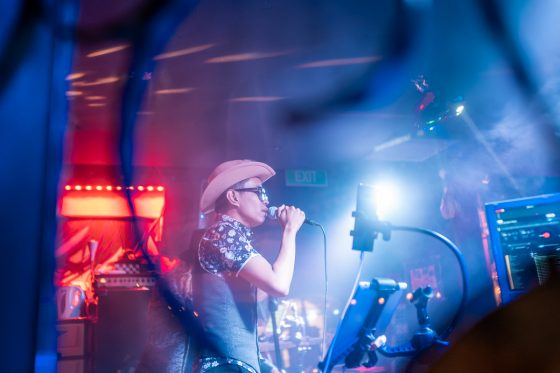
Shot on the M10 by my pal Alex.


There’s some structural outlining on the objects that happen to be within of the midzone transition area, especially the monitor on the right of the image.
With the lens mounted to a M10, I did a test of how this lens renders simpler out of focus highlights (or bokeh ballz) from f1.4 to f2.8:

There’s some corner shading, but it’s not the worst I’ve seen. Noticeable cat’s eyes will make themselves present the further you get from the centre. Nearer to the centre, you’ll see puppy eyes instead.
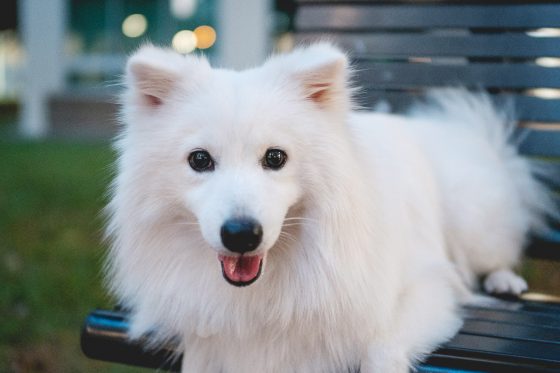
His name is Mika and he’s a good boy. (shot on the X-E3)
Overall the bokeh of this lens is pretty pleasing. Having a wide lens in combination with a fast aperture creates a unique look, great for environmental portraits, fashion and nighttime street photography.
Flare Performance
With regards to flare, I was able to get small spots to show up under certain conditions. You can see crops of the frame below, where very minor flaring made an appearance near the streetlamp.
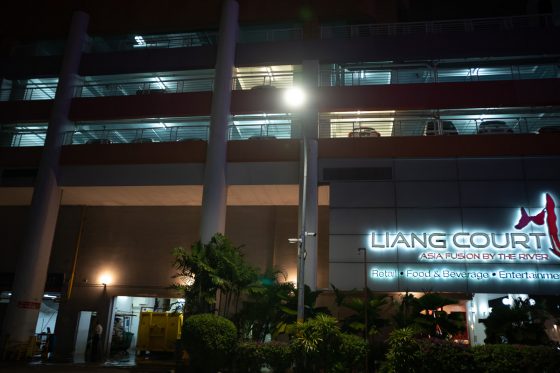
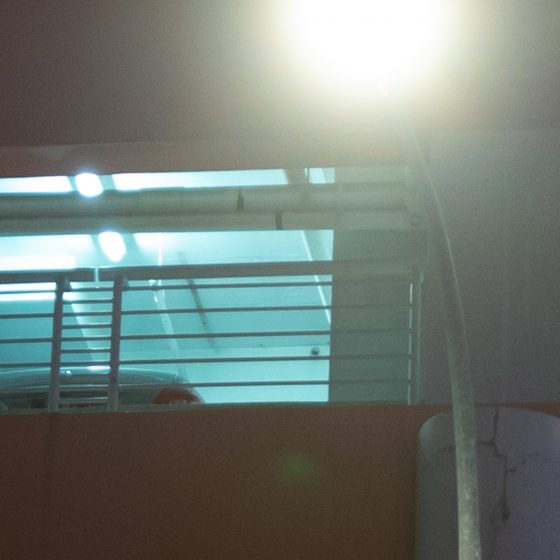
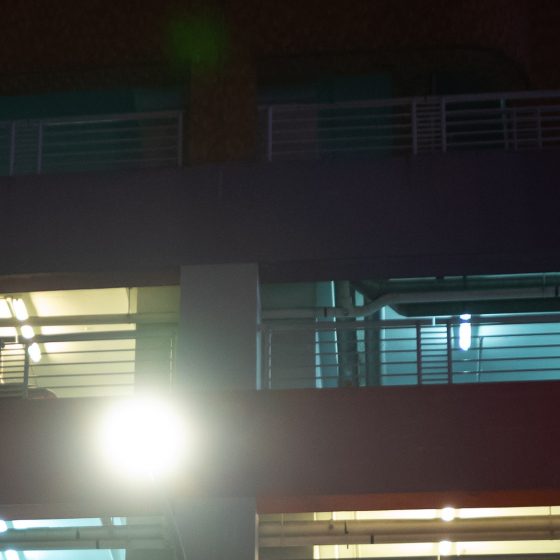
However, this is pretty minor, and the overall flare performance is a vast improvement from the wacky circular flare we saw in the first batch of this lens (see 35mmc’s preview for details). This has since been fixed with the introduction of more internal flocking.
Street

Shot on the M10 by Alex again.
As with any 28mm lens, this lens is quite well-suited for shooting on the street. Regarding the f1.4 aperture: wisdom dictates that you should be stopping down in the daytime anyway, but the lens really comes into its own as dusk approaches. Having the option to open up to f1.4 and keep shooting (even if it means more missed shots or shallower depth of field) is really quite invaluable.
Architecture
Due to this lens’s excellent performance in delivering resolution, it’s a pretty good option for architecture. However, it’s hefty compared to slower 28mm options, and you’ll have to stop down anyway for 99% of architecture shots, so there are better options out there for most people.
That’s okay: no one’s stopping you from shooting architecture with this lens. One issue that might bother you though, is the distortion that this lens exhibits. While it isn’t severe, it’s wavy and you’ll need to create a lens profile to deal with it. Complex distortion like this can be a bit of a pain, and it’s a factor worth considering if you shoot a lot of architecture.
Adapting to Mirrorless and the FE-Plus version
As with other rangefinder lenses, the thick filter stack on mirrorless cameras can cause a myriad of problems, such as colour shift in the corners, heavy vignetting and strong field curvature. I didn’t notice these issues on my X-E3, but that may be because of the 1.5x crop that comes as a result of using an APS-C sensor.
As I mentioned earlier, the folks over at phillipreeve.net have published an excellent and thorough review on the newly announced FE-Plus version of the lens, which can be found here.
Update (15/4/2019): They just published an interview with Li Qing, founder of 7artisans. He explains that the FE-Plus version is tweaked to “change the angle of incidence of the light in the corners by adjusting the spacing between the elements.” The interview is worth a read if you want to find out more about 7artisans.
When adapted to a mirrorless camera with an APS-C sensor, you get an image with a 42mm equivalent focal length. It’s a nice medium between 35mm and 50mm, and I think that my time with this lens has in a way, coaxed me out of my comfort zone of shooting at 50. However, it feels even more front-heavy than it does on a M-mount body, so keep that in mind if you’re planning to use it on a smaller camera like the X-E3 I have.
Verdict
This is not a lens to be lumped together with other cheap Chinese lenses; the price alone should make that clear. 7artisans seems to have prioritised image quality first and foremost over hitting a low price point, and the results are well worth the $480 price tag. It’s an effort at creating a modern piece of glass within challenging parameters, and it’s a damned good one at that.
I can wholeheartedly recommend this to anyone looking for a fast 28mm lens for use in low light scenarios or full-body portraits where f2 isn’t quite fast enough. 7artisans have managed to create a stellar lens, and I hope they get recognised for what they’ve done with this piece of glass. To sum up how well they’ve done with creating this lens: if Voigtlander or Zeiss released a similiar lens at double the price, it would probably sell like hotcakes (with copious amounts of maple syrup).
Follow me on here for more content and articles from me in the future! I can also be found on Instagram @warmskies_.
Below are some samples from the X-E3 and M10. A number of the M10 shots were snapped by the M10 owner (and as a consequence, my friend), Alex, for the review.
Samples from X-E3:
Samples from M10:
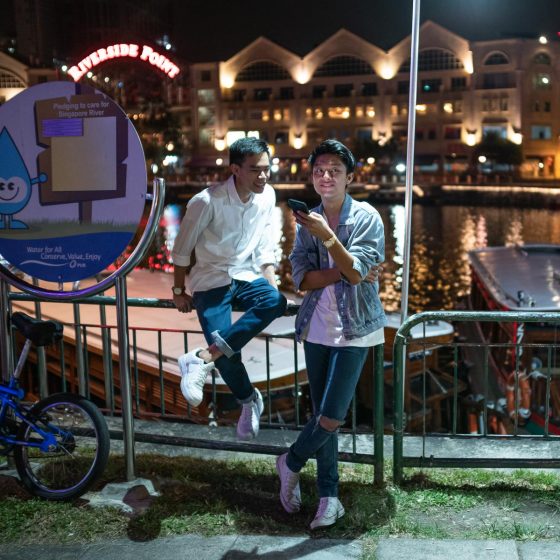
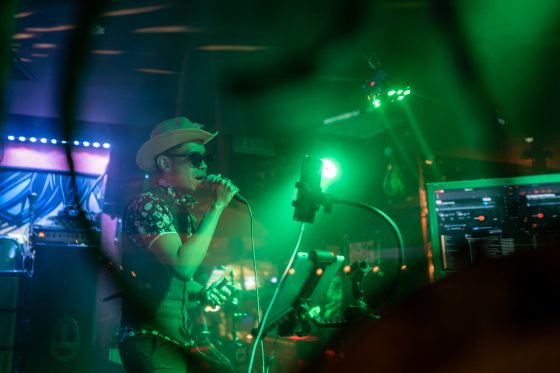
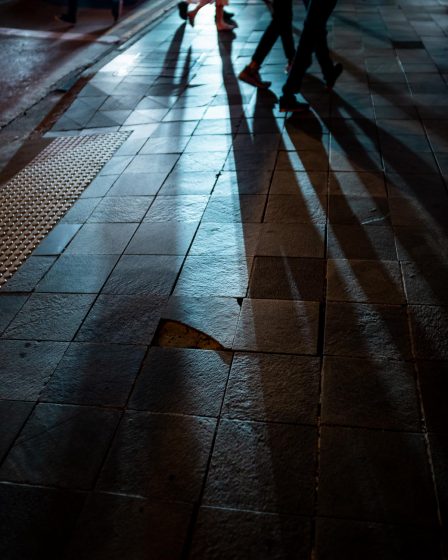
The above were shot by Alex (and used with his permission):
If you have an interesting idea for a guest post, you can contact me here.
Previous 7artisans 28mm f/1.4 lens coverage can be found here.
The new 7artisans 28mm f/1.4 lens is now in stock at B&H Photo | Amazon US | Amazon UK | Amazon DE | Amazon FR | Amazon CA.
